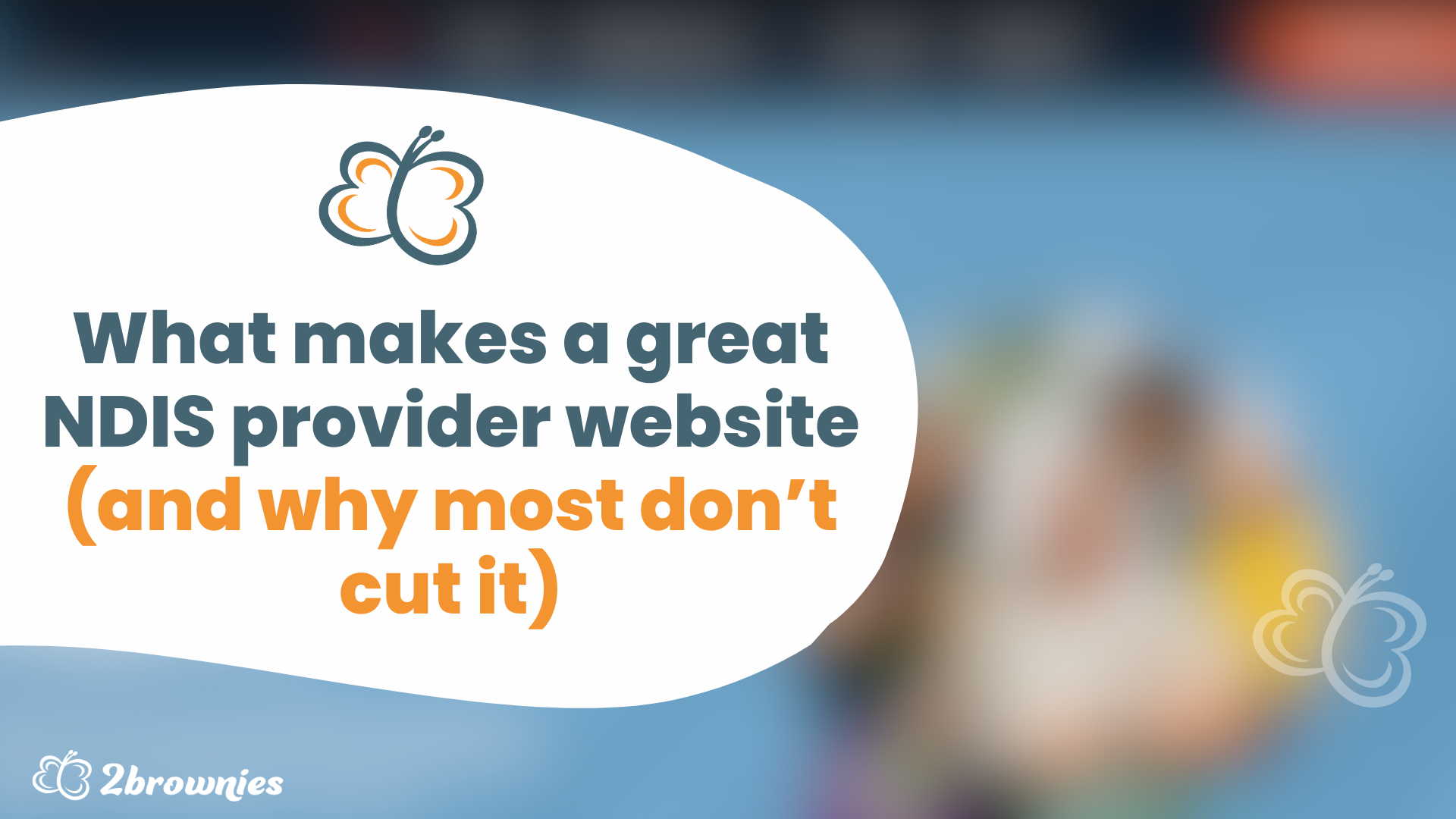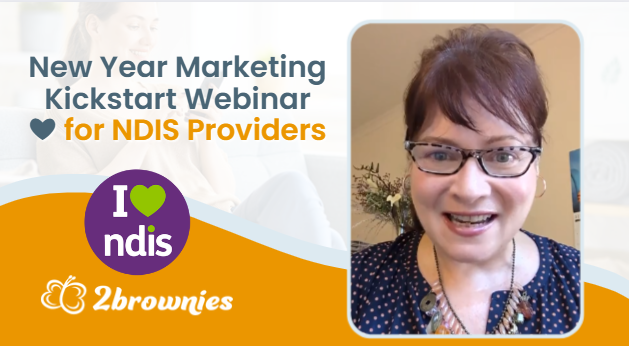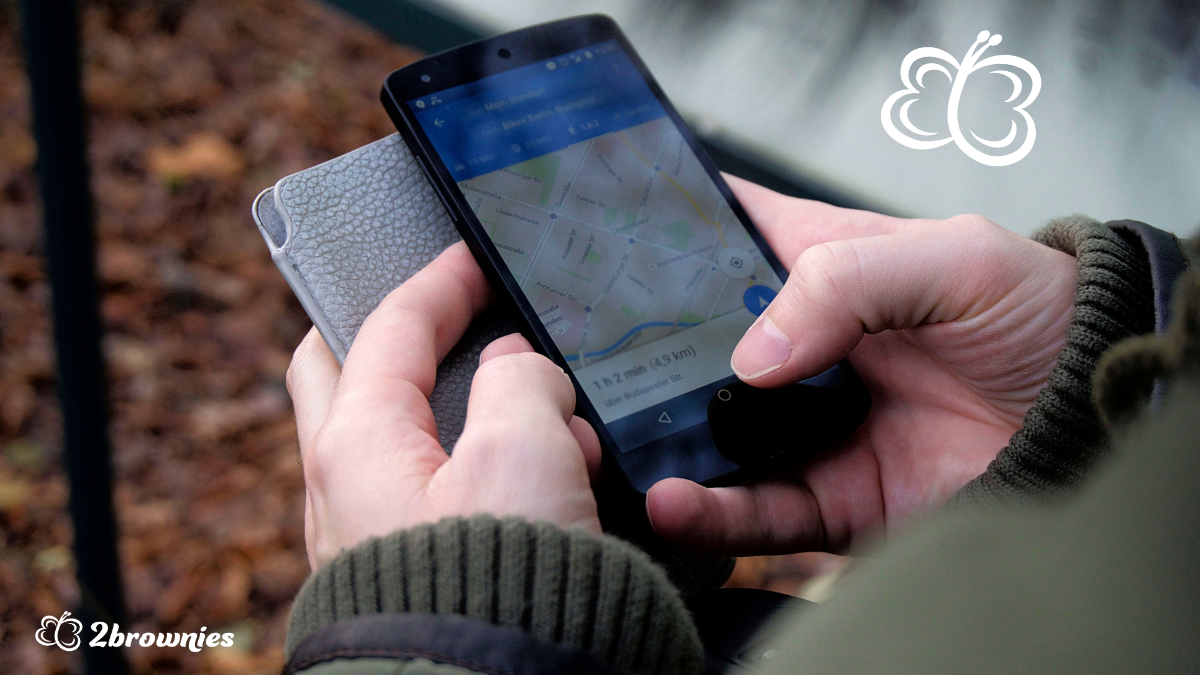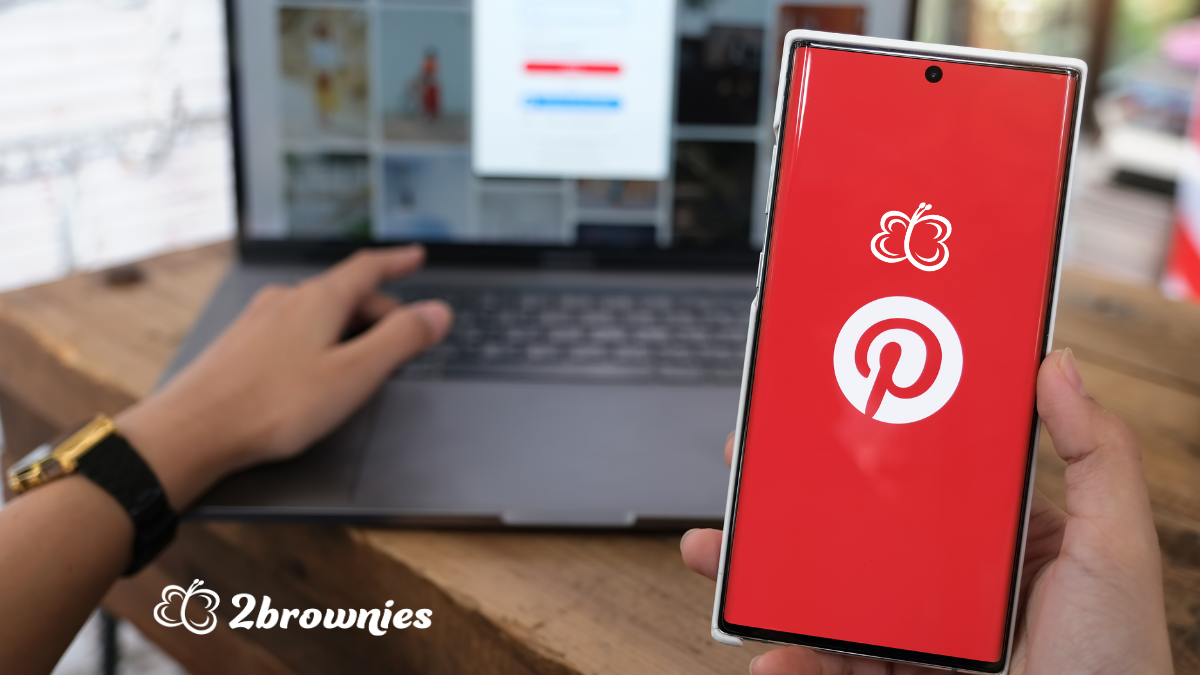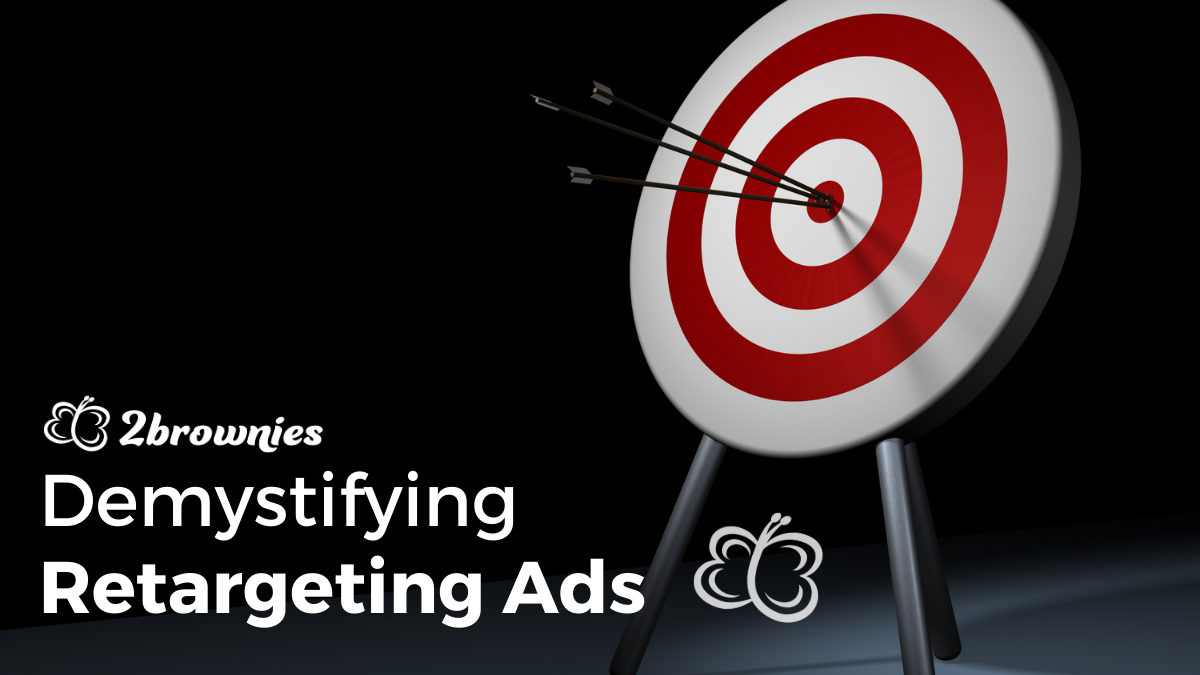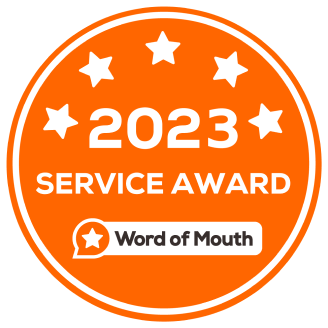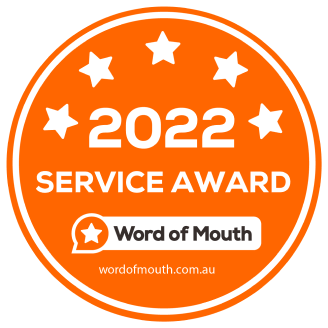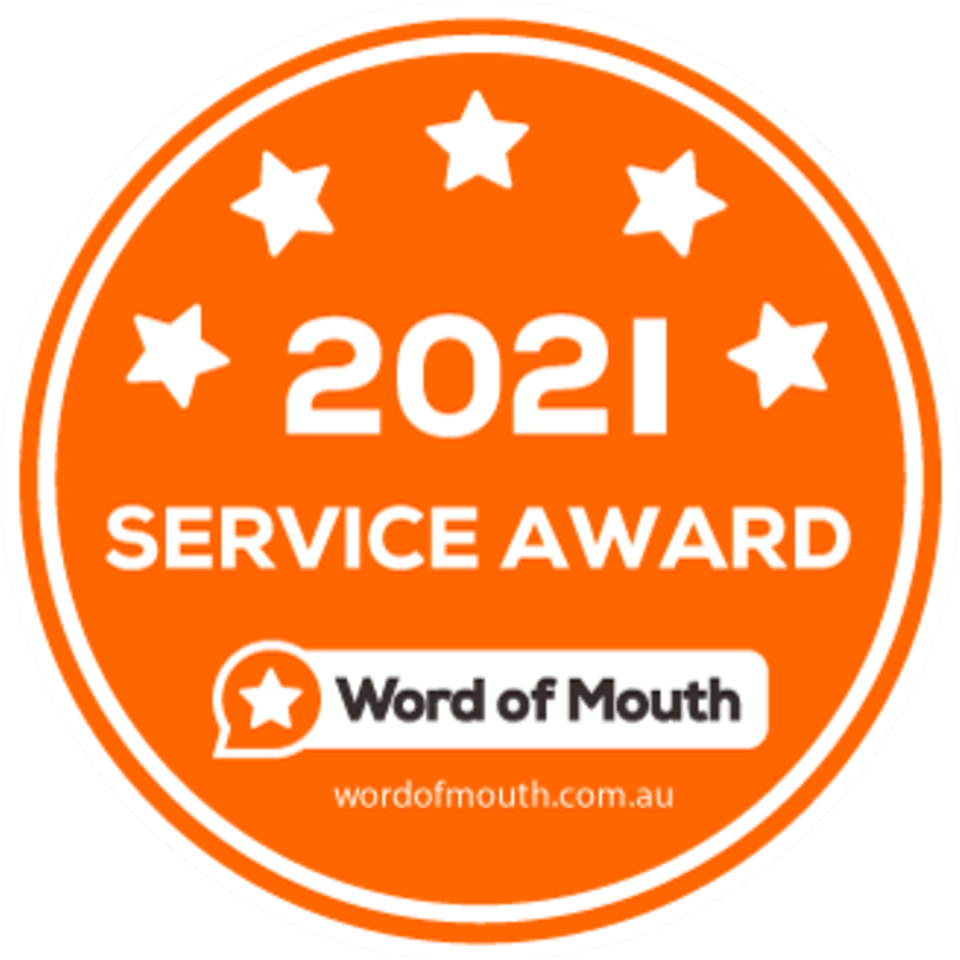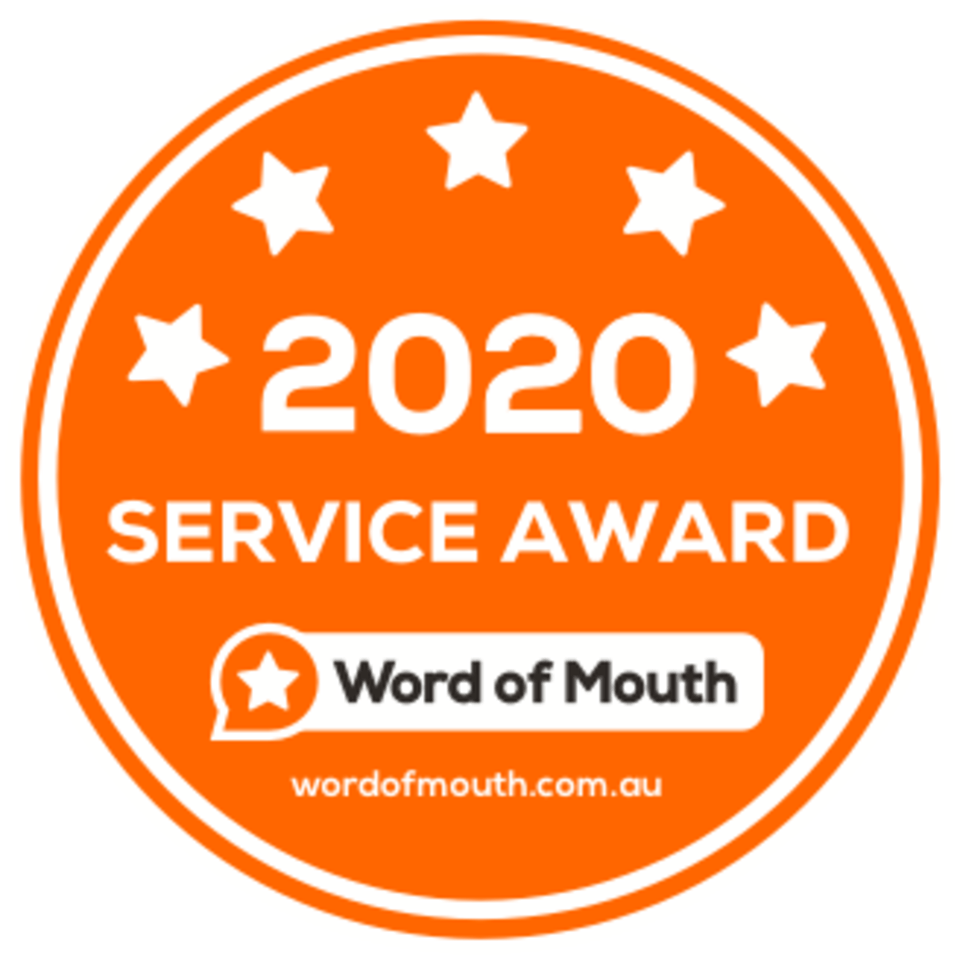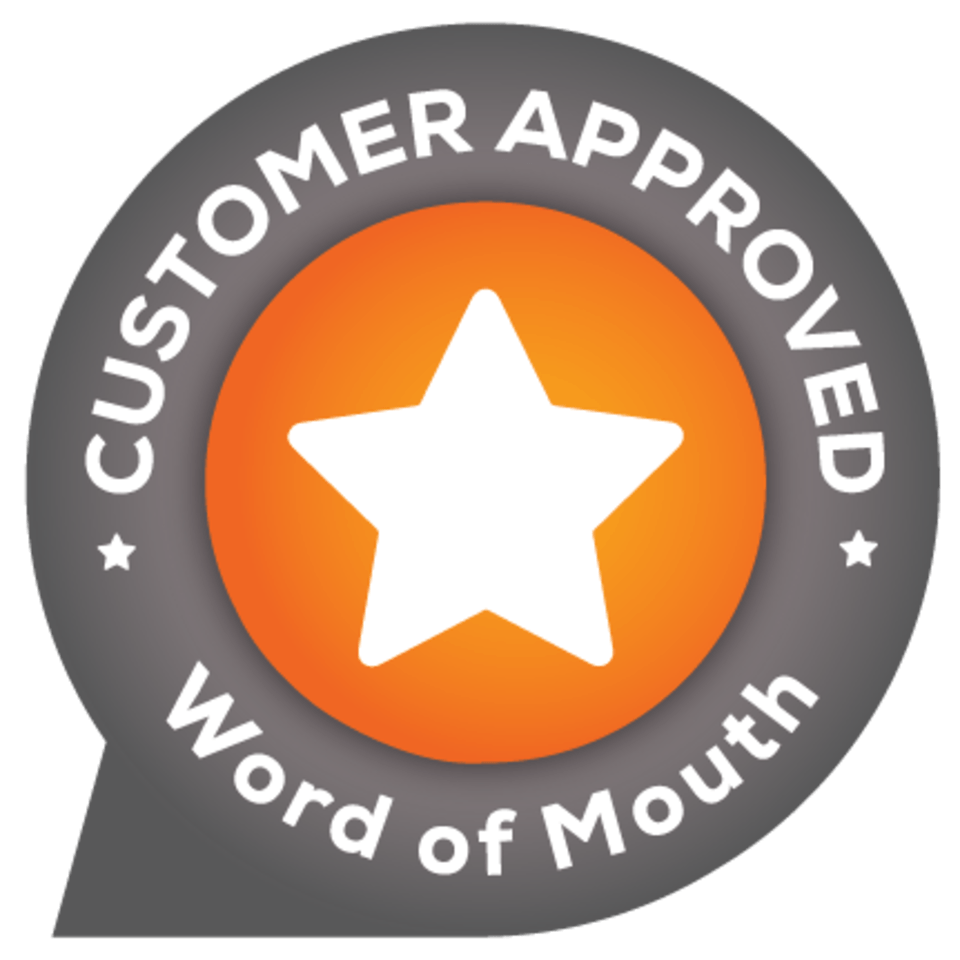Learn why it’s important to create compelling, locally relevant content that connects with your target audience and drives online success.

Introduction:
Content marketing, now more than ever, is a powerful tool for small businesses looking to attract, engage and retain customers in an increasingly competitive market. For Australian small businesses that want a strong online presence, it’s important to develop and execute a content marketing strategy tailored to connect with your local audience.
In this comprehensive guide, I’ll walk you through the essential components of content marketing. We’ll showcase proven strategies, best practices and actionable insights to drive tangible results for your Australian small business – from attracting organic traffic and cultivating brand trust, to nurturing leads and driving conversions.
So, What Is Content Marketing?
Content marketing is all about creating and sharing valuable, relevant and consistent content to engage with your clearly defined target audience. It’s blog posts, videos, social media posts or guest posts on another website. The goal is to drive your customers or clients to take action of some kind.
It's not just about selling products or services, but also providing valuable information to help your audience understand your business better or to help them improve their own business. It's a long-term strategy based on creating a strong relationship with your audience by providing them with useful content.
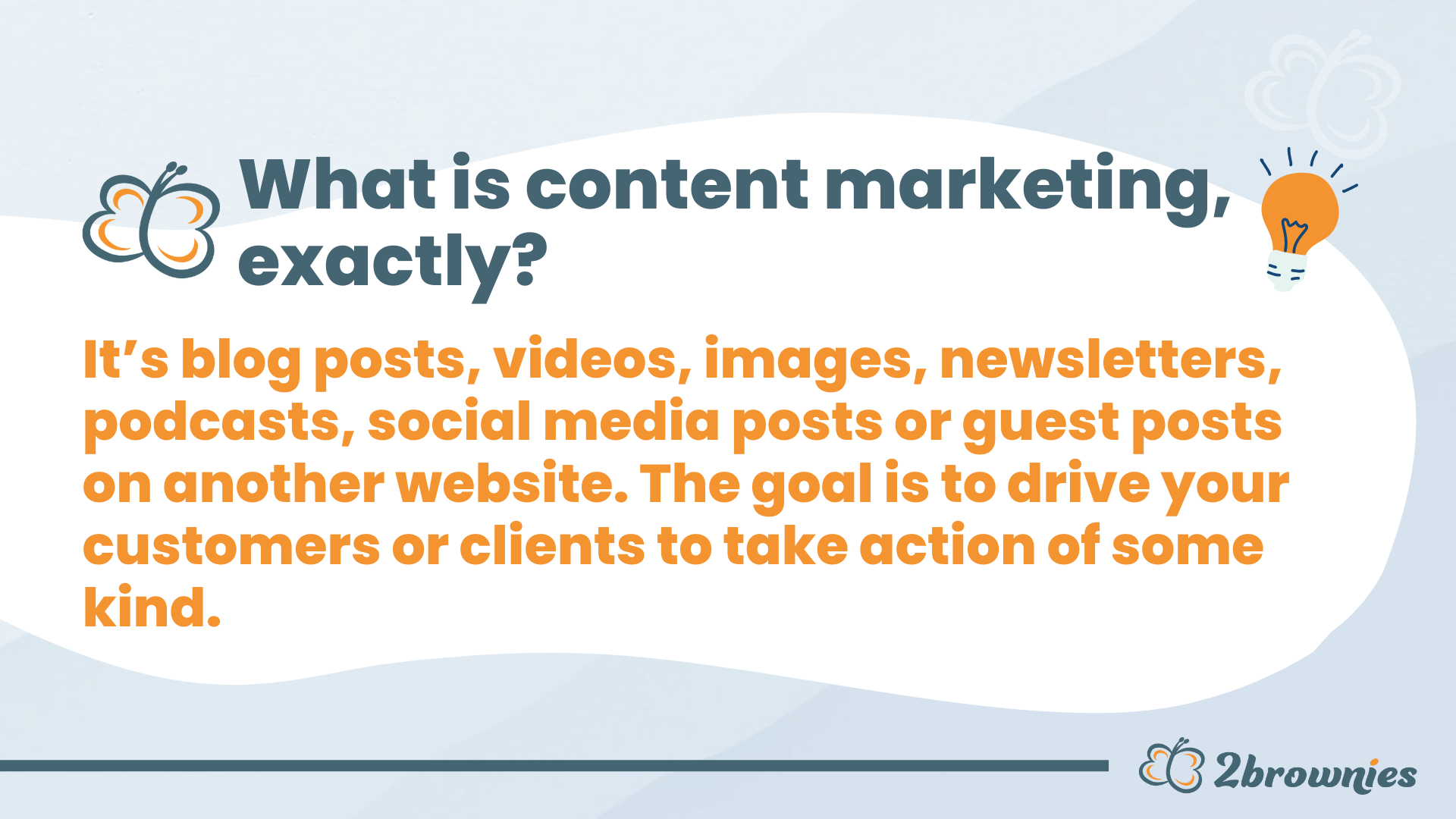
To do this, you need to successfully nail the following:
Identifying Your Target Audience's Needs and Interests
Create content that addresses the specific needs, pain points and interests of your target audience. Here are some things to focus on:
A. Market Research: Conduct thorough research to identify your target audience's demographics, preferences and behaviours, uncovering valuable insights that inform your content strategy. (Most successful business owners do this in some way, even if it’s just that you know your audience really, really well).
B. Problem-Solving Approach: Identify the common challenges or pain points your target audience faces and create content that helps to solve these issues, positioning your business as a valuable resource. For instance, if you’re an NDIS Service Provider, creating a blog post for participants on how to get the most out of your NDIS funding would be highly valuable.
C. Customer Feedback: Engage with your existing customers, gathering feedback through surveys, interviews, or social media to better understand their needs and inform your content creation process. This doesn’t have to be a formal process – just asking “how are we doing?” on a regular basis with your clients / customers can be super useful.
D. Competitor Analysis: Examine the content marketing strategies of competitors in your industry. Then, use this to look for areas where your business can differentiate itself and establish a unique brand voice. This is really important. If your main competitors are all publishing high-value blog posts every week, chances are you’ll need to do this too in order to stay relevant.
Developing a Content Calendar and Consistent Publishing Schedule
Outline your content marketing efforts with a content calendar, ensuring consistency and continuity for your audience. To do so, consider the following:
A. Topics and Themes: Brainstorm a list of diverse topics and themes relevant to your target audience, addressing their needs, interests and preferences.
B. Content Formats: Determine the content formats you’ll use, such as written articles, infographics, videos, or podcasts. What format is likely to keep your audience engaged? And what format plays to your strengths? If you’re a talker, a podcast can be a great move. If you love writing, consider regular blog posts.
C. Publication Schedule: Establish a regular publishing schedule, considering factors such as audience expectations, resources and the competitive landscape, ensuring consistency in your content delivery. This is really important! Nothing succeeds like consistency.
D. Campaign Objectives: Define the objectives for each individual content piece or campaign, ensuring alignment with your overall business goals. For instance, do you want new leads to pick up the phone and call you once they’ve seen your content? Or perhaps you want to educate existing clients or customers to strengthen the relationship you have with them. Knowing what you want to achieve makes it easier to weave that message into your content.
Harnessing Diverse Content Formats and Platforms
In order to deliver engaging experiences for your audience, there are a wide range of content formats and platforms you can consider. The platform and format you choose will come down to what feels comfortable to you and what your audience is likely to engage with. Here are a few formats to consider:
A. Written Content: Create written content, such as blog articles, case studies, or guides, to engage your audience, showcase expertise and address customer queries. Written content is great for your website or newsletter.
B. Visual Content: Craft eye-catching visuals, including infographics or images, to convey complex information in an easily digestible, shareable format that appeals to your audience's preferences. Visual content is great for social media and your website.
C. Multimedia Content: Utilise multimedia formats such as videos, podcasts, or webinars, to diversify your content offering and engage your audience in new and dynamic ways. Also great choices for social media and your website.
D. Content Distribution: Make sure to publish and promote content across different platforms and channels. This is really important! Don’t just publish content on your website and then forget it. Make it work for you across all sorts of channels, including social media, email marketing, or guest posting to maximise reach and engagement.
Creating Locally Relevant and Optimised Content
Develop content that resonates with your target audience and improves your search engine visibility. Here are some things to focus on:
A. Local Relevance: Create content that speaks to the distinctive preferences, language and culture of your audience, wherever you are in Australia. You’re looking for a genuine connection in a local context. So be yourself. Always.
B. Search Engine Optimisation (SEO): Implement on-page SEO techniques to drive organic traffic to your content. Think about things like alt tags for images, keyword-optimised titles and meta descriptions etc. This will improve search engine rankings and enhance your content's visibility for relevant search queries.
C. Keyword Research: Conduct keyword research to identify high-traffic, locally relevant search terms to incorporate into your content, bolstering your search engine rankings.
D. Link Building: Develop a strategic approach to link building, building partnerships with reputable related websites and generating valuable backlinks that boost your content's online credibility and authority. This is a long-term strategy, but it does pay off in the long run.
Monitoring and Refining Your Content Marketing Strategy
Continuously analyse your content marketing performance in order to adapt and refine your approach. Consider the following:
A. Performance Metrics: Closely track key content marketing metrics, such as website traffic, engagement, conversions, and social shares to analyse the success of your campaigns.
B. Audience Feedback: Collect and consider audience feedback on your content, using insights to inform future content creation and make necessary adjustments.
C. Content Audits: Conduct audits to identify areas for improvement or repurposing opportunities, ensuring your content remains relevant and delivers value to your audience.
Conclusion
Having a strategic approach to content marketing can really pay dividends. Any small business in Australia can leverage the full potential of their content to foster deep connections with their target audience. It helps you to differentiate your brand, strengthen your digital presence and propel your business to new heights of growth and achievement in the ever-evolving Australian market.
If you only take one thing away from this blog post, I’d love it to be this: work out what format speaks to your talents. Whether it’s designing infographics, taking photos, writing blog posts, creating videos or regular social media updates, work out what you’re good at and then work out a way to create that content on a regular basis. Your business will really benefit.
Not sure where to start? Partner with 2Brownies today and take advantage of our marketing strategy consulting service.

About the Author
Our General Manager, Vanessa, has a background as a business consultant and loves to share her experience and perspective with our clients and readers. If you have questions about your own NDIS provider business, chat with Ness anytime on 1300 608 114 or
find Ness on LinkedIn
or follow Ness for NDIS Provider insights on Medium.
Learn more about Vanessa
here.

